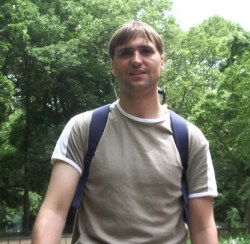The second part of this PhD considers
the effect of the availability of extensive design-time application
exploration information on run-time management. This means that for
every application there is a Pareto surface defined by multiple Pareto
points that each represent a trade-off between application cost (e.g.
energy consumption), application constraints (e.g. execution time) and
platform resource usage (e.g. computation, communication and memory
resources).
In this case, the main job of the run-time resource manager is to
choose a Pareto (operating) point that minimizes the cost, while taking
the (user) constraints and the status of the platform into account.
After choosing the most appropriate Pareto point, the resource
assignment algorithm still needs to determine which platform resources
will need to be allocated.
The main issues in this part of the PhD is determining the influence of
the amount of Pareto axis, the amount of Pareto points and the shape of
the curve on the Pareto point selection algorithm. To this end, it is
important to be able to generate realistic Pareto surfaces of an
application in a fast way. In addition, one has to investigate the interaction between Pareto point
selection algorithm and the resource assignment algorithm. Finally, one
also needs to determine the relevant run-time/design-time parameters
that influence Pareto point switching and to come up with a (generic)
mechanism to perform run-time Pareto switching. Run-time Pareto point
switching involves e.g. changing the parallelisation of the application
at run-time (i.e. going from one Pareto point to another Pareto point).




